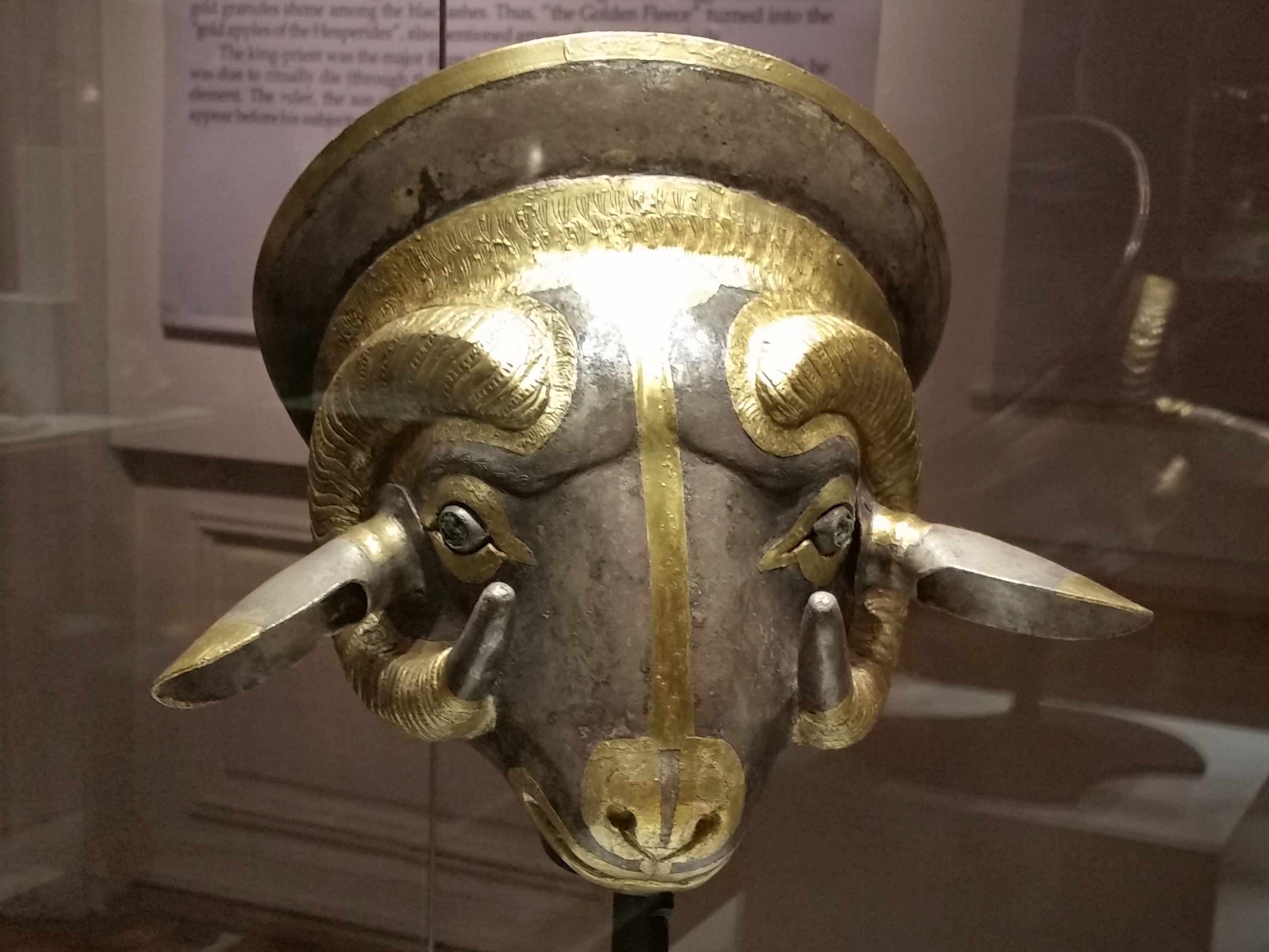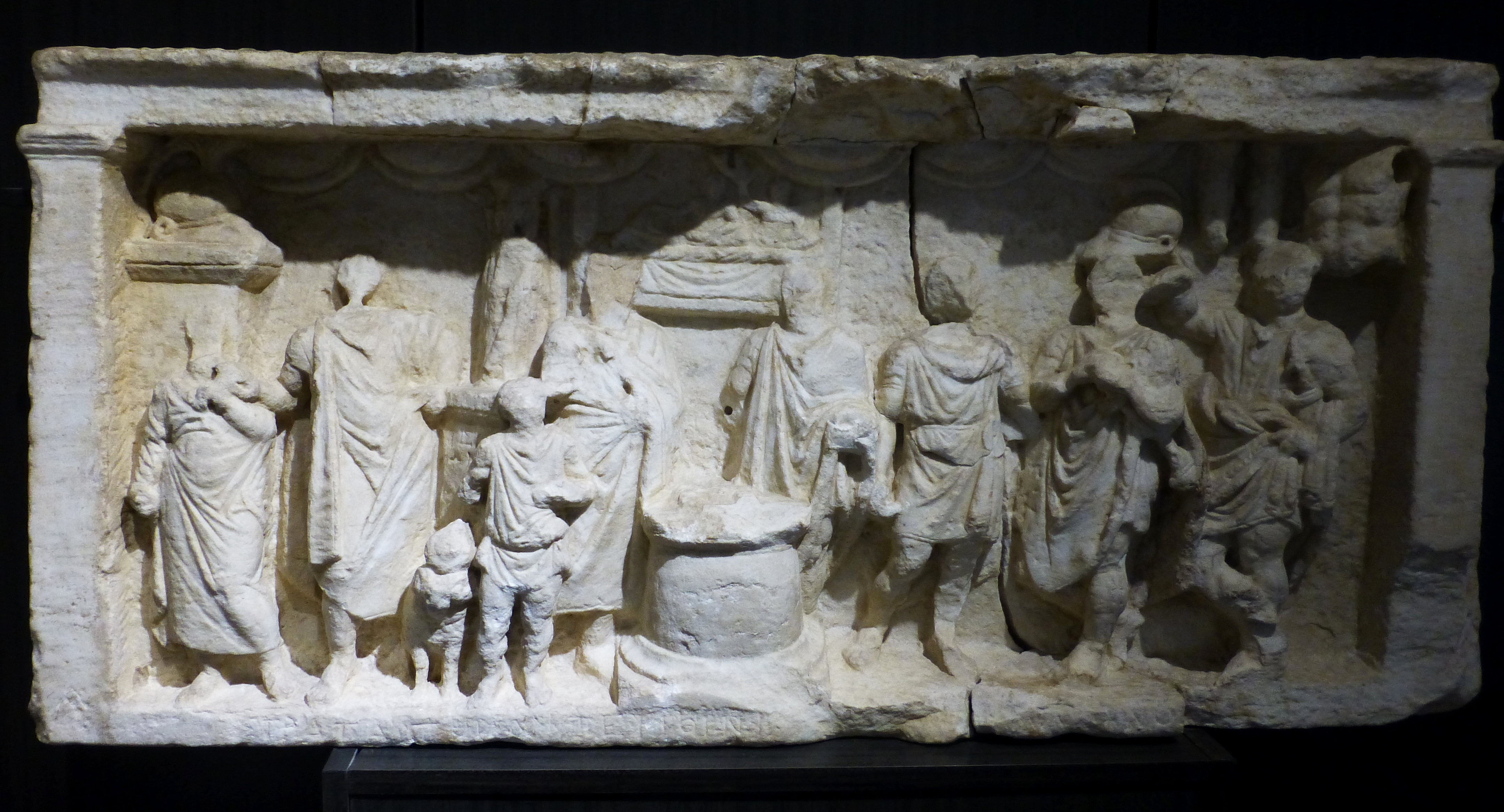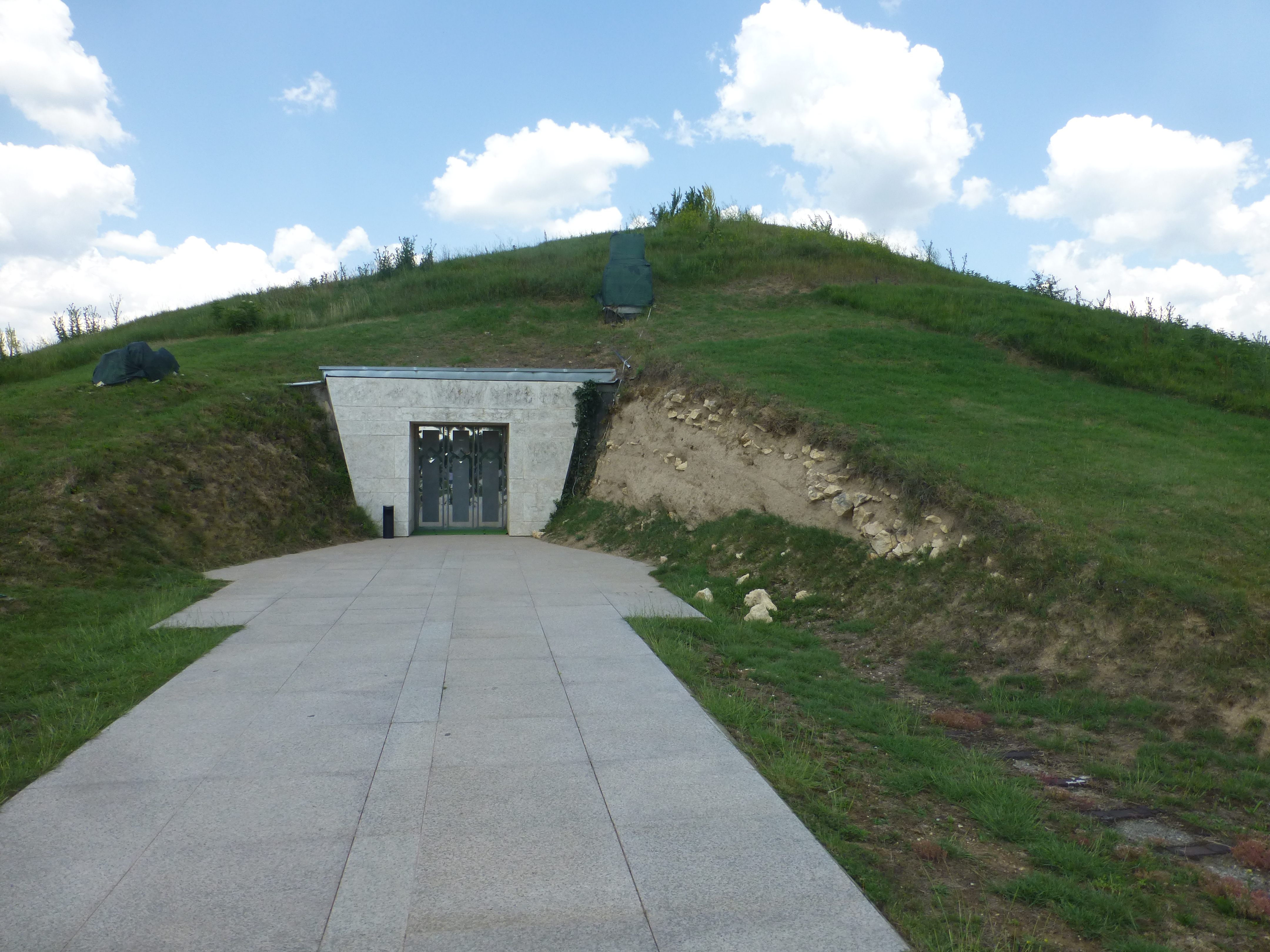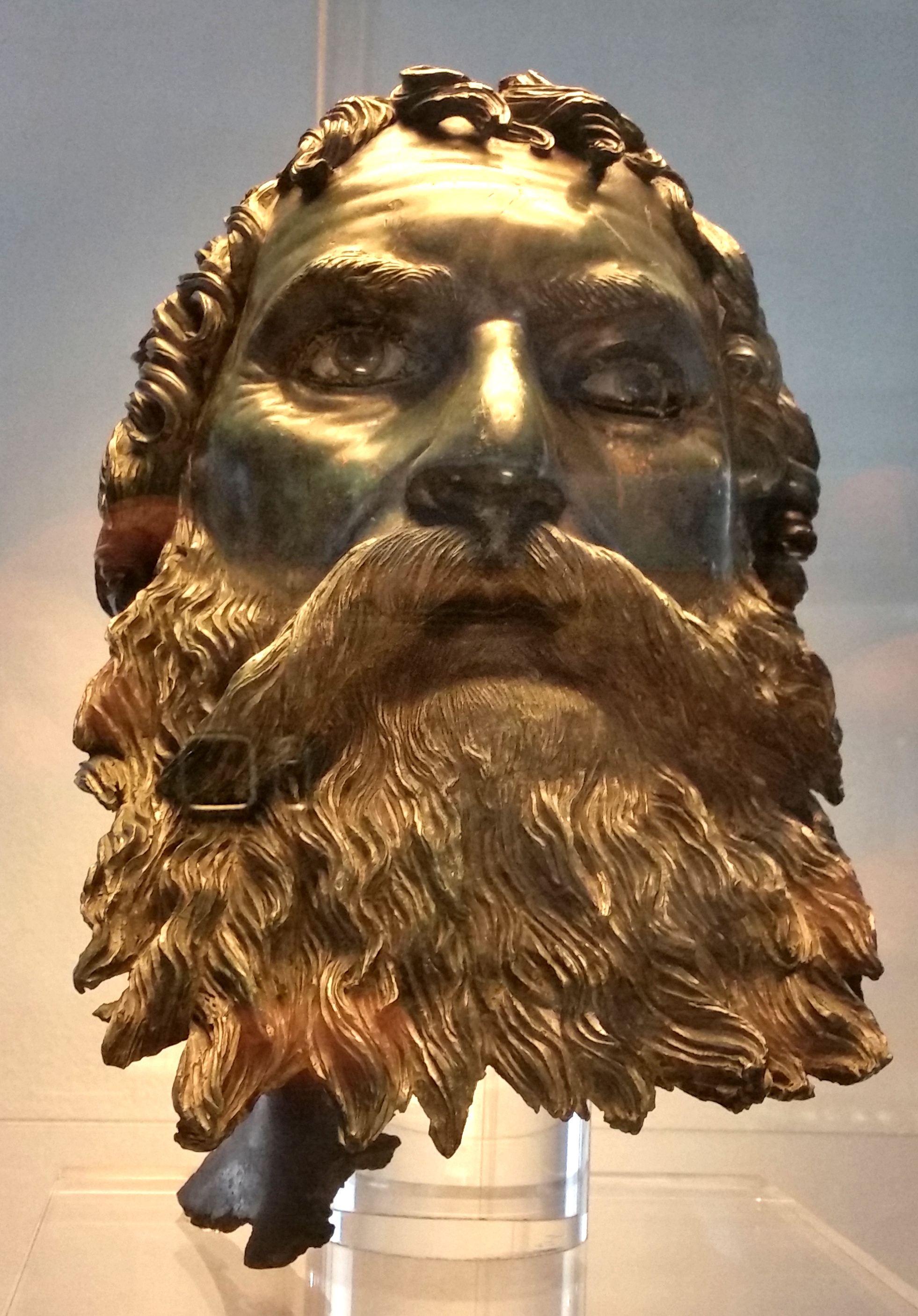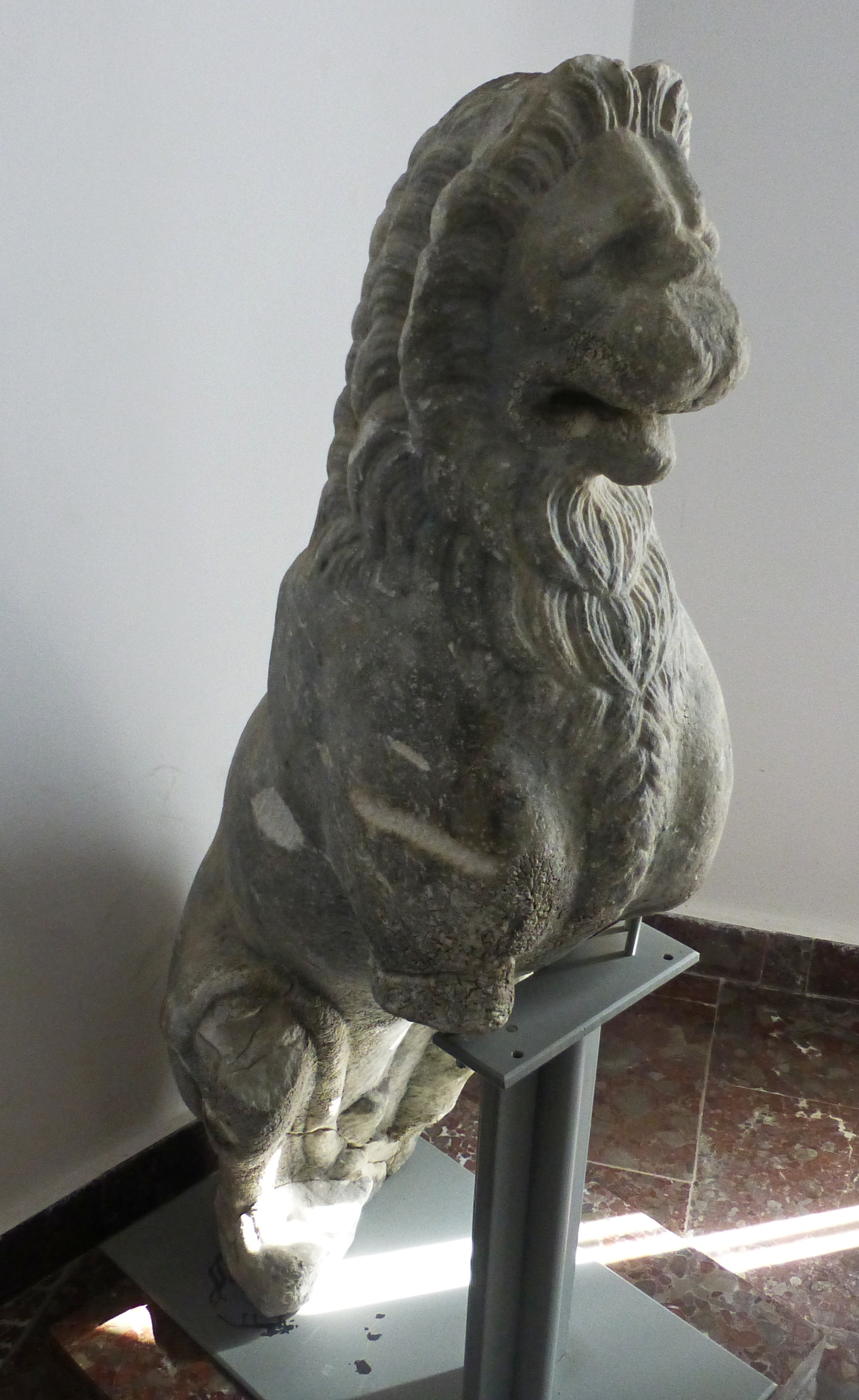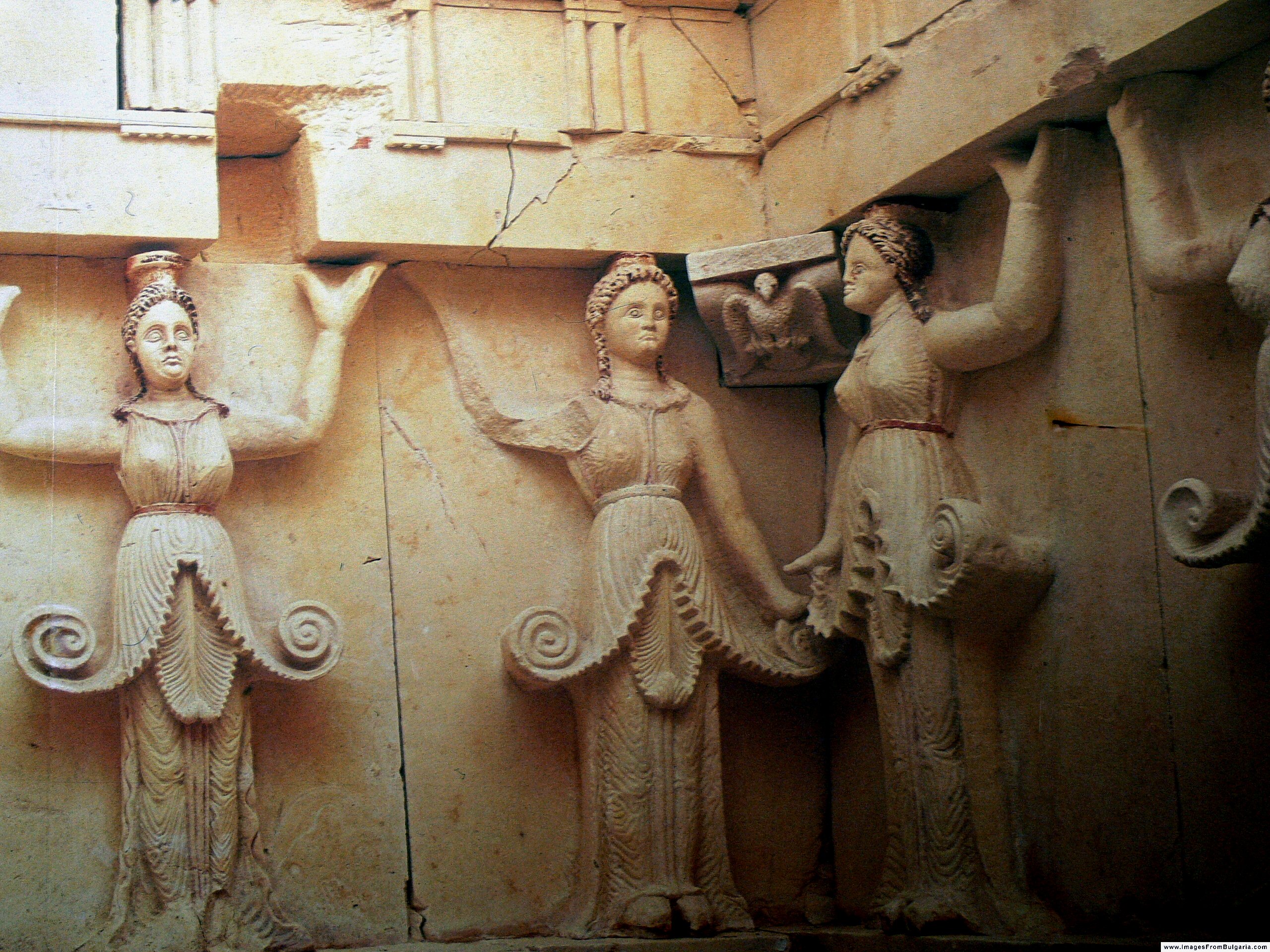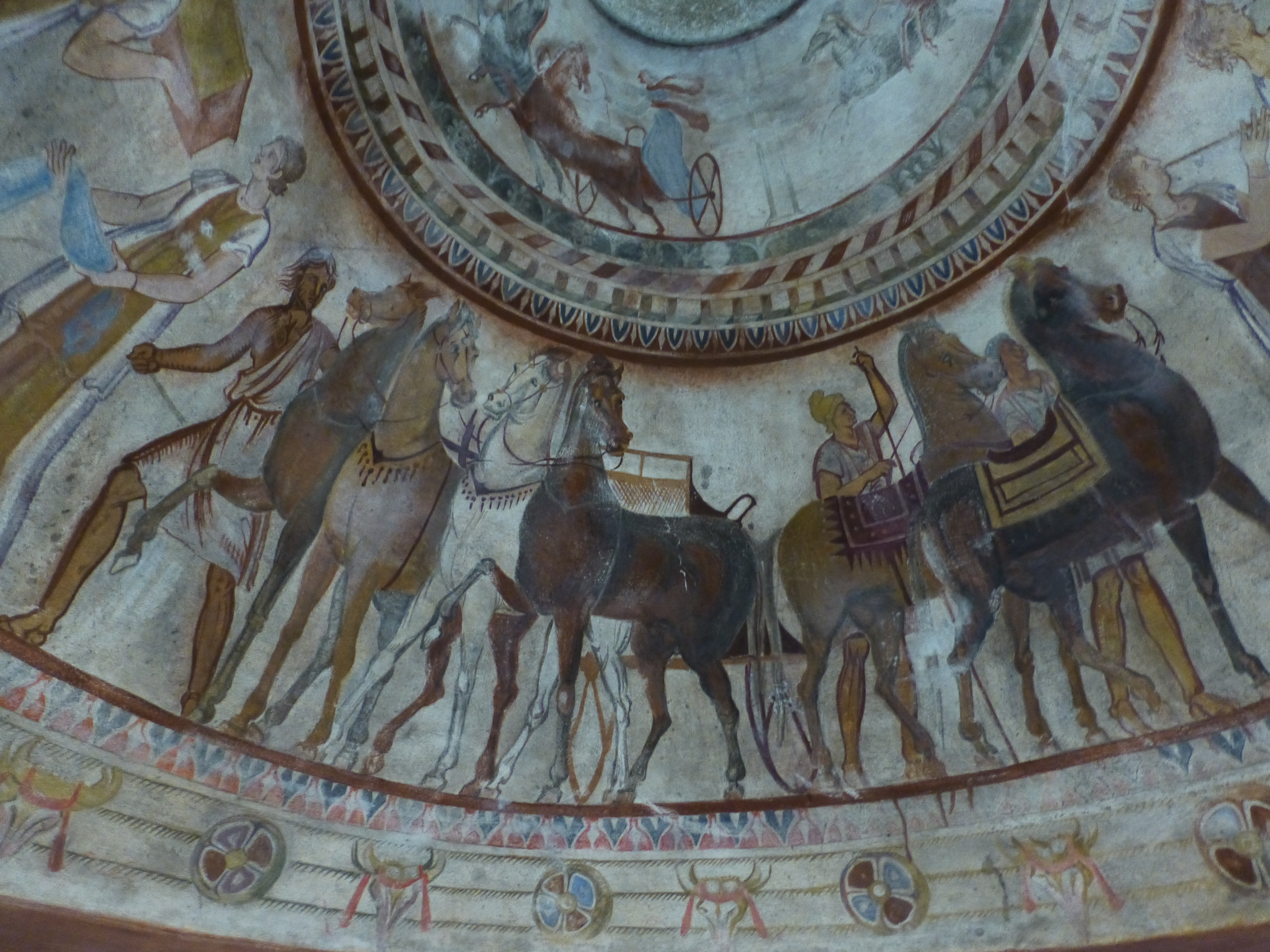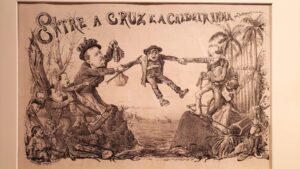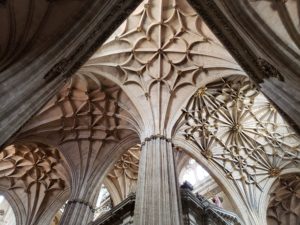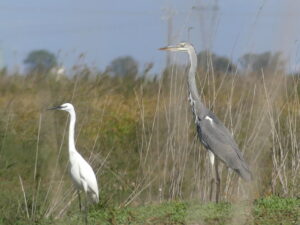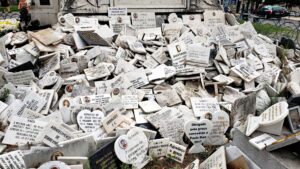In brief: The surprise of discovery often stirs us in our travels. Uncovering remnants of Thracian culture along the Black Sea was a perfect example.
The Thracians occupied more a spot on the map, roughly where Bulgaria is, rather than a key role in world events during the first millennium BC.
They lived in the heart of trade routes and imperial military conflict where modern Bulgaria, Greece and Turkey meet up – connecting the Black Sea, the Aegean and Mediterranean.
Thrace wasn’t even their own country’s name, but one used by the Greeks and Romans.
With recent discoveries in tens of thousands of mound-like tombs left behind by Thracian rulers, however, historians now see that Thracians were distinctive in their governing, their highly naturalistic and sophisticated art, as well as religion (centered on mother earth). The marble votive relief above, for example, with its engaging 3D effects, honored the goddess of magic and witchcraft, an important figure in the Thracians’ pre-Christian religion. It was found in Thracian Mesembria on the Black Sea.
Other highlights of their world were collected and displayed at the National Art Gallery in Sofia:
This silver cup in the shape of a ram’s head, 5th c BC, from a sparkling display about Jason and the Argonauts
This sculpted head in bronze and copper, 4th c BC, an imposing god-like figure with an intensely carved beard and still glowing glass eyes.
And, not to be outdone, this Thracian statue of a lion, a symbol of Thracian leaders that has continued into modern Bulgaria in various state and governmental symbols.
One of the most stunning of the tomb areas themselves, and one of the easiest to visit is Sveshtari, a UNESCO World Heritage treasure because its earthen mound contains an intact stone structure from the 3rd century BC.
It was the burial site for a 30-something ruler and his wife, along with four horses ritually slaughtered to accompany them, plus pragmatic tools and luxurious ceremonial objects. An extended frieze runs around the crypt, sculpted with supportive oddly dressed images of mother earth, welcoming the dead home.
Each of the ten faces is individualized. A stone door blocked access to the living, but implied a passage out to the next world for the dead.
Another fine tomb from the 4th c BC is viewable at Kazanlak in central Bulgaria, an area now deemed the valley of the Thracian Kings. It features charming and realistic paintings characteristic of Thracian art. Around its domed top, a procession and chariot race have continued for nearly 2500 years.
Once again, this time in Bulgaria, old worlds opened up anew to us.
(Also, for more pictures from Bulgaria, CLICK HERE to view the slideshow at the end of the itinerary page.)
Reproduction of the Thracian Tomb of Sveshtari, National Historical Museum, Sofia. Author: Nenko Lazarov. Retouched by uploader. Source: http://www.imagesfrombulgaria.com/


